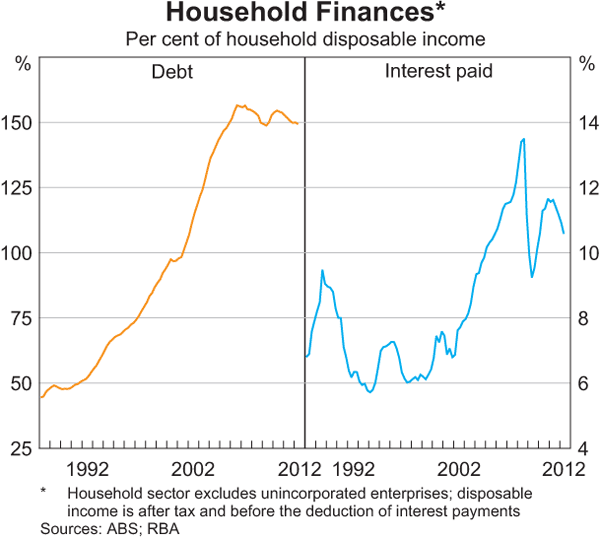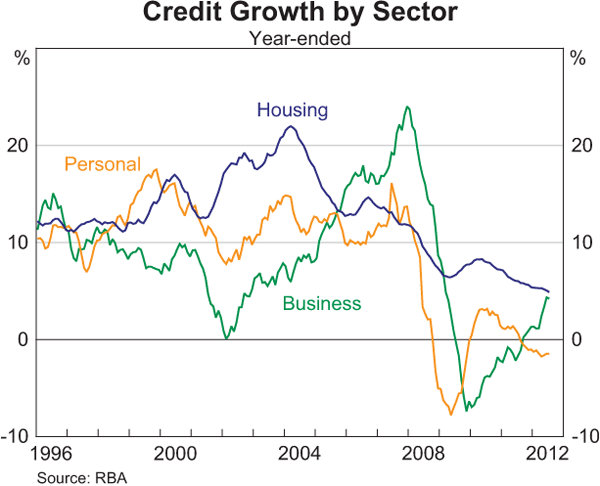Australia: RBA running out of options
By Colin Twiggs
October 26th, 2012 12:30 a.m. ET (3:30 p:m AET)
These extracts from my trading diary are for educational purposes. Any advice contained therein is provided for the general information of readers and does not have regard to any particular person's investment objectives, financial situation or needs and must not be construed as advice to buy, sell, hold or otherwise deal with any securities or other investments. Accordingly, no reader should act on the basis of any information contained therein without first having consulted a suitably qualified financial advisor. Full terms and conditions can be found at Terms of Use.
The Reserve Bank of Australia must be viewing the end of the mining boom with some trepidation. Cutting interest rates to stimulate new home construction may cushion the impact, but comes at a price. Consumers may benefit from lower interest rates but that is merely a side-effect: the real objective of monetary policy is debt expansion. And Australia is already in a precarious position.

Further increases in the ratio of household debt to disposable income would expand the housing bubble — with inevitable long-term consequences.
While debt expansion is not in the country's interests, nor is debt contraction (with growth below zero) which would risk a deflationary spiral. The RBA needs to maintain debt growth below the nominal growth rate in GDP — forecast at 4.0% for 2012-13 and 5.5% for 2013-2014 according to MYEFO — to gradually restore household debt/income ratios to respectability.

If the RBA's hands are tied, similar restraint has to be applied to fiscal policy. First home buyer incentives would also re-ignite debt growth. The focus may have to shift to state and local government in order to accelerate land release and reduce other impediments — both financial and regulatory — to new home development. Lowering residential property development costs while increasing competition would encourage developers to cut prices to attract more buyers into the market. While this would still increase demand for new home finance, lower prices would cool speculative demand fueled by low interest rates.
When we recognize that we don't have all the time in the world, we see our priorities most clearly.
~ Laura Carstensen

Author: Colin Twiggs is a former investment banker with almost 40 years of experience in financial markets. He co-founded Incredible Charts and writes the popular Trading Diary and Patient Investor newsletters.
Using a top-down approach, Colin identifies key macro trends in the global economy before evaluating selected opportunities using a combination of fundamental and technical analysis.
Focusing on interest rates and financial market liquidity as primary drivers of the economic cycle, he warned of the 2008/2009 and 2020 bear markets well ahead of actual events.
He founded PVT Capital (AFSL No. 546090) in May 2023, which offers investment strategy and advice to wholesale clients.
